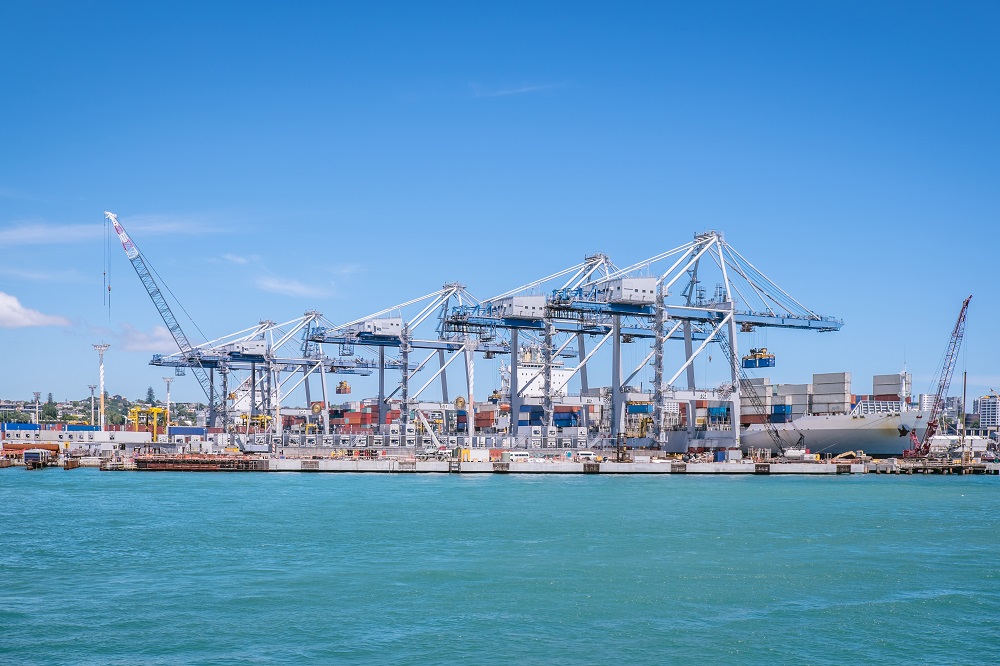What’s happening out there?
Global supply chain congestion ranging from parts shortages, port congestion and shipping delays is causing lengthy delays with equipment deliveries. The Building Services industry is not immune.
Manufacturers worldwide are having to rethink their logistics strategies, moving from JIT (Just-in-time) and Kanban ‘LEAN’ workflow management techniques which minimise stock holdings & related storage costs, returning to old school bulk purchasing, stock-piling and warehousing. This change is causing short term congestion with cost increases stemming from additional warehousing, along with increased shipping costs as the supply vs demand equation kicks in.
How bad is it?
Most supply chain issues sit outside our normal sphere of control. Strategies for smaller items include air freight to reduce shipping times, although if manufacturers cannot produce, we either wait or look for alternative suppliers.
Bigger ticket / bulky items rely on sea freight and are the hardest hit in terms of delays and cost increases.
A typical Chiller pre-covid, would have normally taken 12 – 14 weeks for manufacture and delivery to NZ. Delivery times are now 26 – 40 weeks and increasing. Apart from delays to projects already in the pipeline, significant shipping cost increases are being passed on to end users.
Unplanned plant outages are biting hard, resulting in critical plant sitting idle until spares can be obtained. Compromises are already being made by fitting temporary parts, as the wait for genuine parts can be 6-8 months.
Hiring temporary plant as a stop gap measure is becoming a necessary although expensive strategy.
So what can we do?
The Kiwi penchant to let plant run to failure before replacement is no longer a viable strategy. So what practical steps can you take to minimise this risk?
- Plan ahead
- See above
Pre-thinking is key, with early phase work including understanding the condition of your existing plant, ensuring budgets are in place and planning / designing for replacement equipment before the procurement process can even begin.
Translating this into the daily life of Property Owners, Property and Facility Managers, a typical process might go like this…
1. If you are unsure, undertake a condition and life-cycle assessment of critical plant items to understand your current risk position i.e. if these items were to fail, how would they impact your core business?
2. Assess the risk which would result from an unplanned failure
3. Understand what replacement plant might look like. If the plant was new 20 years ago, like for like plant replacement is almost never going to be the smartest or most financially astute option.
Now is the time to stop and think:
- Has the climate changed? (Hint – it has)
- Has the building use changed?
- Has the process changed?
- Is the replacement plant the best sustainable option?
- Is this the most energy efficient option?
- Have occupancy patterns changed, for example from hybrid working?
The answers to these and many other questions will guide you towards the right plant replacement option.
4. Design for the replacement plant to be integrated into the existing system, including necessary changes to accommodate advanced equipment & technology.
5. Put budgets in place.
6. Timing. Work backwards – Look at the required project end date and work back to determine the latest project start date.
Contingency plan
If the risk of being without critical plant for several months following an unplanned failure is too great, then a contingency plan is required.
Touch base with key suppliers to understand how they can support you with critical spare parts and the timelines involved if they cannot guarantee supply of critical spares at short notice.
A customary practice for industrial / manufacturing sites is to ‘be your own source of spare parts.’ i.e. purchase critical spare parts ahead of time and keep them in your own store for immediate utilisation.
Temporary Plant?
We are seeing key suppliers enter the rental equipment market, just as we saw the supply of rental generator sets ramp up following the Auckland power crisis in 1998.
Do your homework to understand your requirements verses the ability of equipment rental suppliers to support you at short notice.
Understand the cost implications, as while it may be cheaper than shutting down a building or losing production in a factory, it won’t be cheap. You are paying for a contingency as suppliers need to recover their risk investment funds.
Related parties
Don’t assume your favourite adviser or installation contractor will be available at short notice. Everyone we know is very busy at the moment with strong forward workloads. Talk to your key service providers and discuss your needs, intentions and timing so you can pencil in some time from them.
We hope this article prompts you to think ahead, understand and assess your risk and then put plans in place commensurate with that risk.
Feel free to sing out if we can help you in maintaining a great experience for your tenants or to support your manufacturing processes which rely on the continued operation of critical Building Services equipment.
More helpful articles can be found in News & Projects
